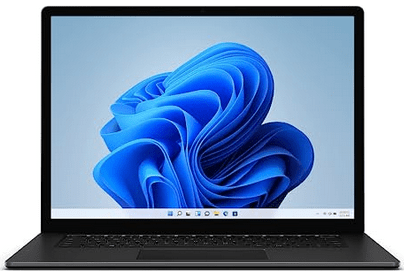Here are some of the top technology inventions and innovations for cybersecurity in 2022:
• Multi-factor authentication became more widespread, with the use of biometrics, one-time passwords and other second factors in addition to passwords. This has helped increase security for many accounts and services.
• Zero-trust security models continued to gain traction as a more effective approach compared to traditional perimeter-based defenses. The zero-trust principles focus on verifying any request or transaction before granting access.
• Blockchain technology was increasingly applied for purposes beyond cryptocurrency, including for supply chain security, identity management and device attestation. The promise of blockchain for security remains an area of active innovation.
• Artificial intelligence and machine learning were further leveraged to detect threats through techniques like anomaly detection, pattern recognition and natural language processing of threats. However, challenges remain around AI bias and explainability.
• Cybersecurity mesh architectures emerged to monitor and defend all points of access for devices, working around the limitations of traditional network perimeter defenses. A mesh combines multiple security controls.
• Quantum-safe cryptography continued to advance as a potential solution to future-proof networks against the threat of quantum computers breaking current encryption. However, a large-scale transition to quantum-safe crypto has yet to occur.
• Cybersecurity for the Internet of Things and operational technology expanded to address the growing attack surface from billions of interconnected devices and systems. Security by design is critical for IoT.
These represent some of the main areas of innovation for cybersecurity defense in 2022. The core themes were wider adoption of security best practices like zero trust and multi-factor authentication, as well as emerging technologies like blockchain, AI and quantum-safe crypto that offer promising new approaches to common problems.



